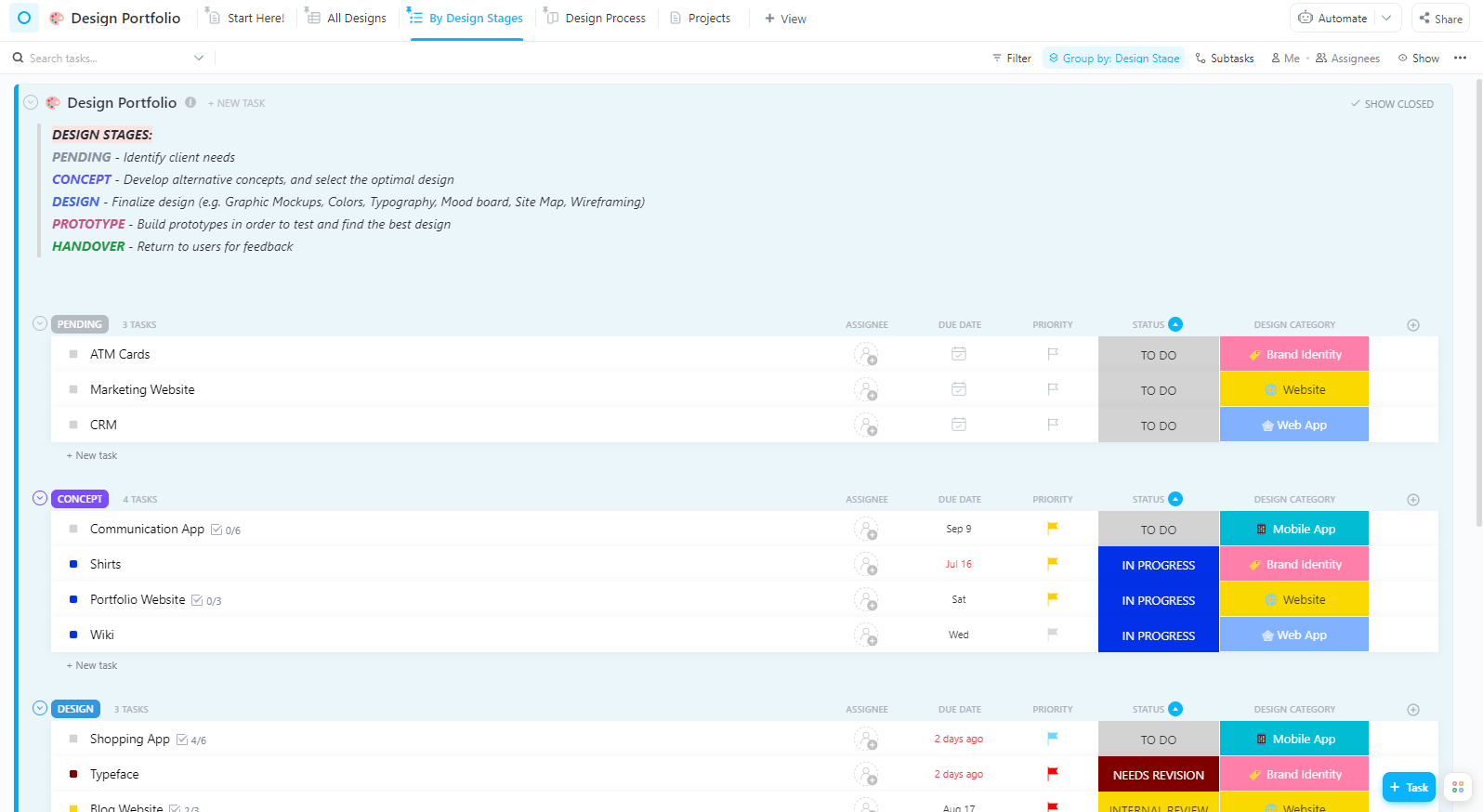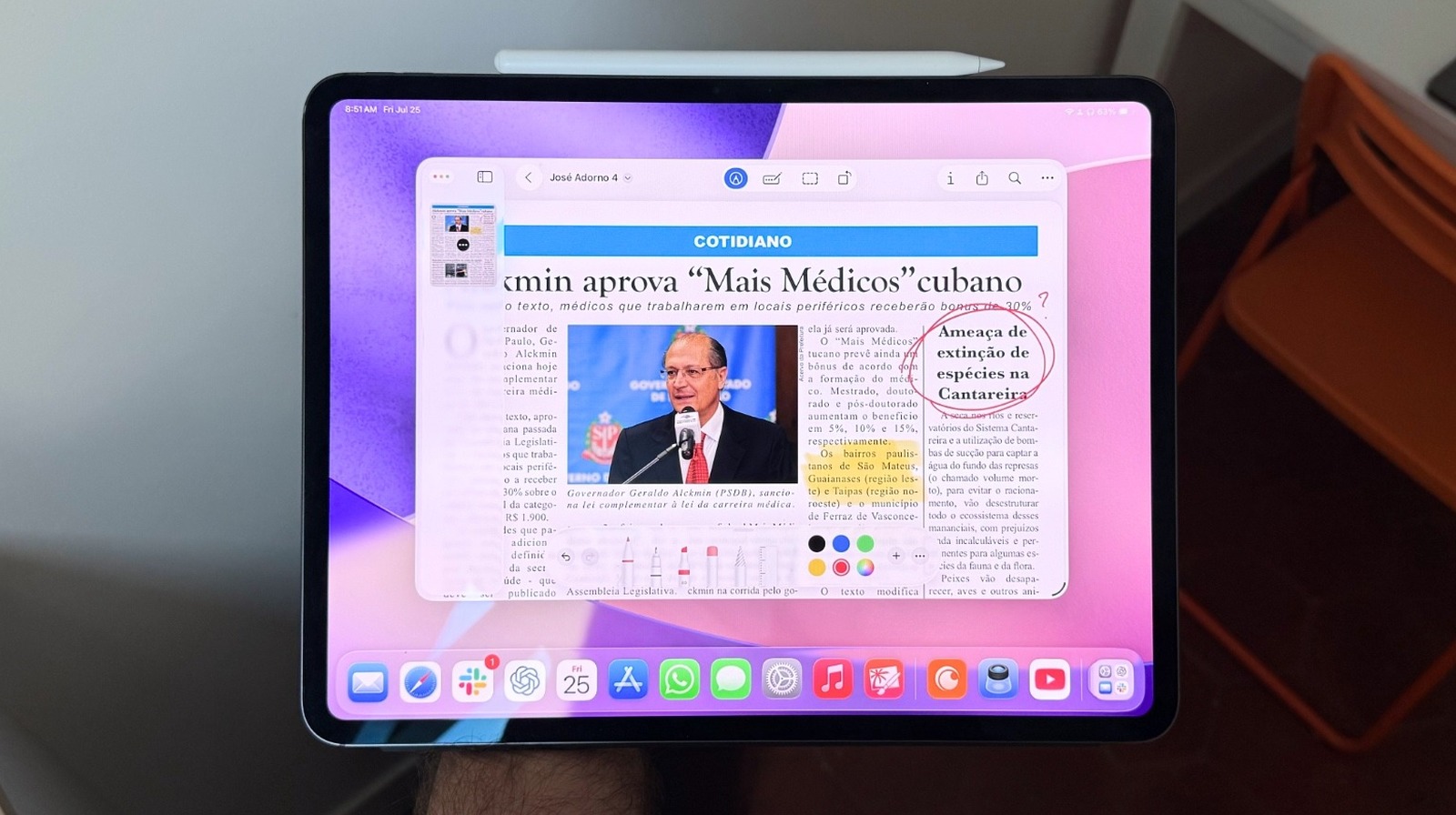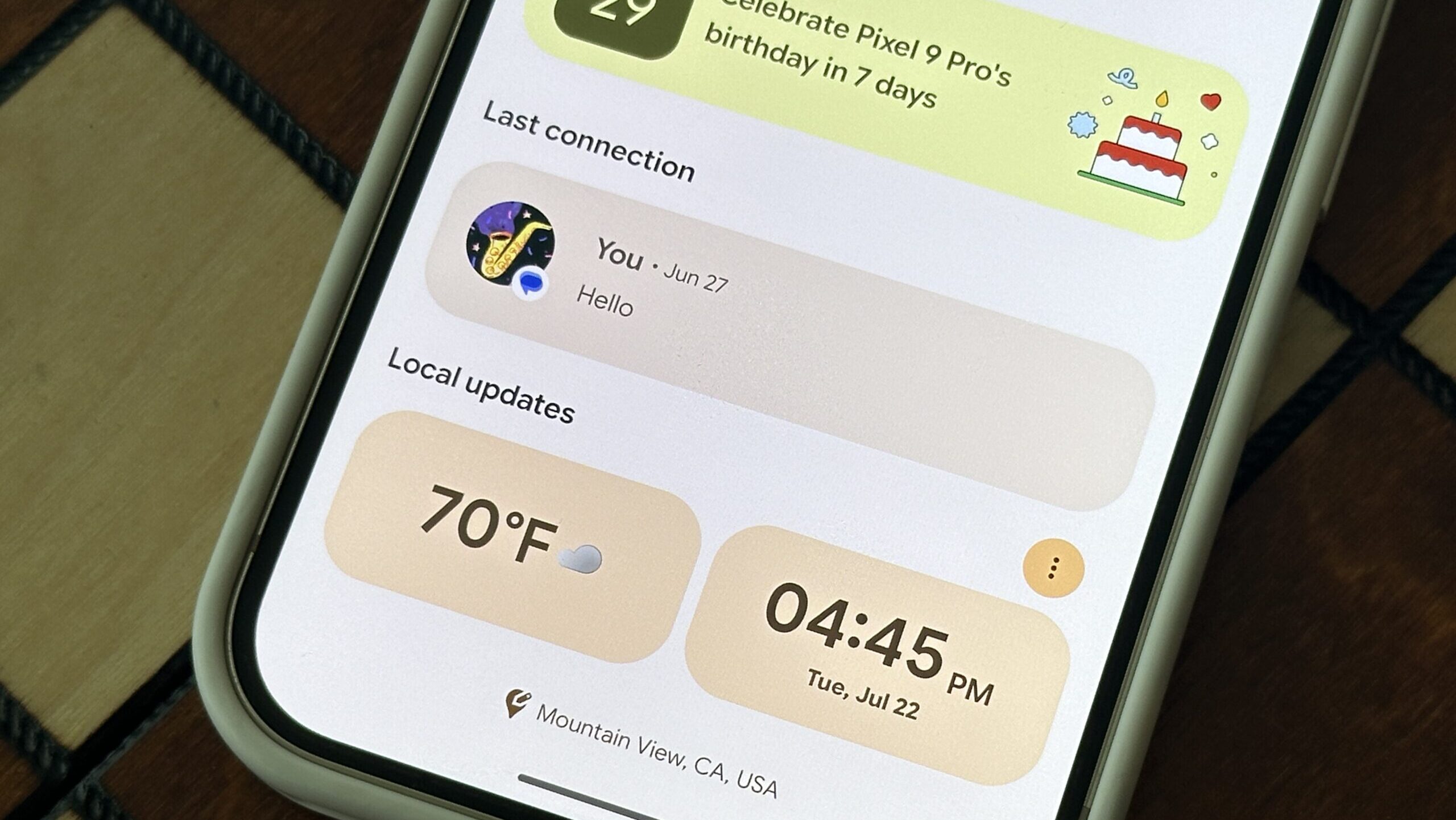Ryan Haines / Android Authority
As a US-based tech reviewer, I might get access to a lot of different devices, but I often find myself changing between the same few companies because of the limited number of brands that launch here. I’ll jump from Samsung to Motorola to Google and back again, over and over, only sometimes getting lucky with a new launch from Nothing to spice things up.
So, when I was offered the chance to check out a few recent launches from TECNO — a company I’ve never explored before — I jumped. I waited (mostly patiently) for the TECNO Spark 40 Pro Plus and Pova 7 Ultra to arrive, and I’m glad I did. For less than $250 each, they’re more clever than I thought they’d be, and they live up to the old Android slogan, “Be together, not the same,” much better than I expected, even if there are some concessions to hit their low, low price tags.
The Spark 40 Pro Plus is a simple, smooth, cheap starting point
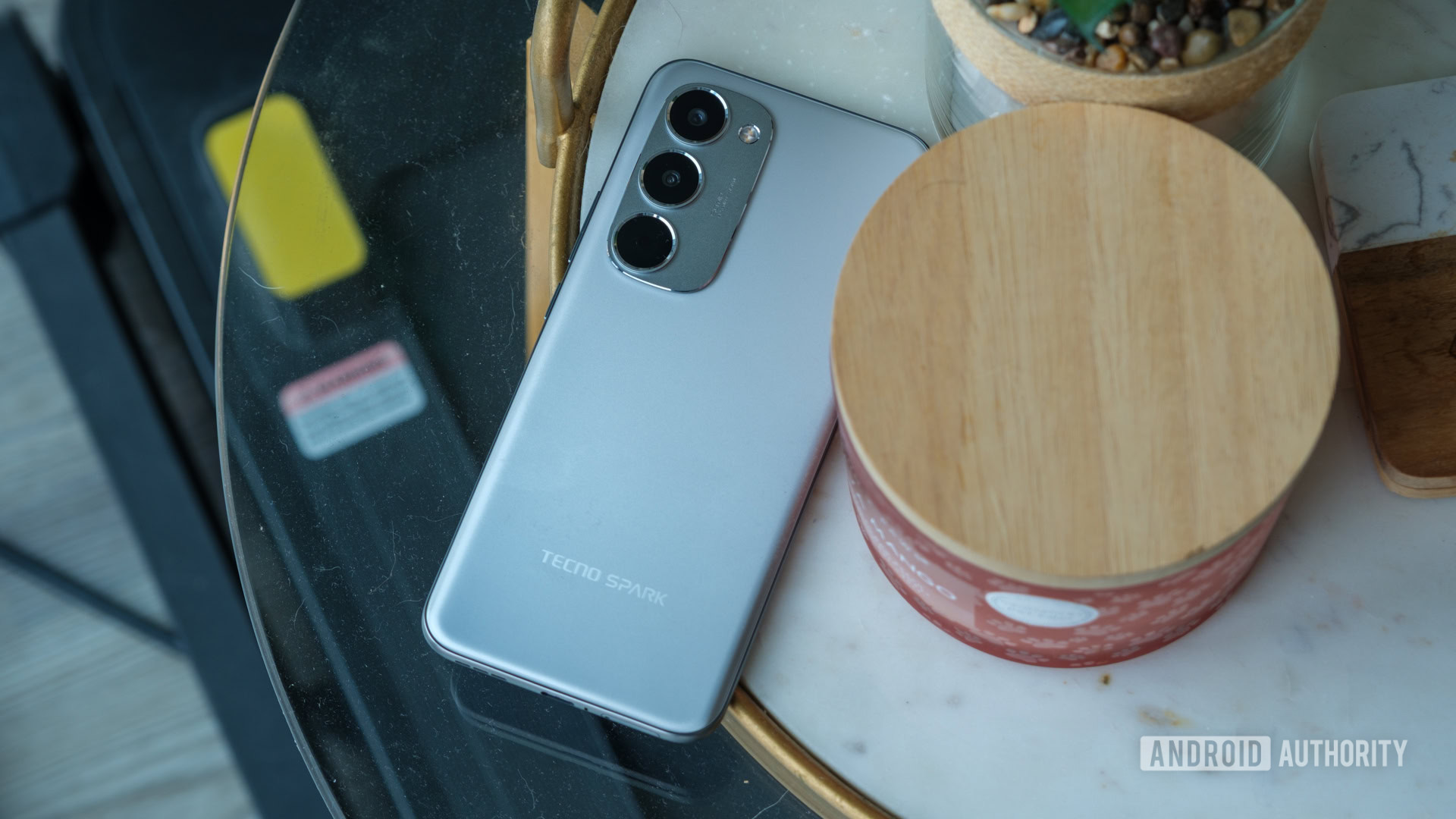
Ryan Haines / Android Authority
The tricky part about hopping into a pair of new TECNO launches is that I didn’t know what to expect. They showed up, I unboxed them, and I reached for what looked like the more familiar phone first. That turned out to be the TECNO Spark 40 Pro Plus — a 4G-only budget model with shades of everything from the Galaxy S25 to the Motorola Edge (2022) baked into its slim plastic shell and a software experience that reminds me of OxygenOS from just a few years back.
At a glance, none of those borrowed ideas might sound all that exciting, but hear me out — those phones all cost significantly more than the $150-180 Spark 40 Pro Plus (price depends on region). So, for TECNO to find ways to bring everything to a budget segment is exciting. The Spark 40 Pro Plus also brings back a waterfall display — a 6.78-inch AMOLED panel with a crisp 144Hz refresh rate — that’s almost good enough for me to question why everyone abandoned it in the first place. Just kidding, I still struggled with covering it in fingerprints and accidental presses until I put the phone in its included silicone case, but it adds what I remember of a flagship touch without a flagship price, as this one starts at the equivalent of about $150.
The Spark 40 Pro Plus looks a little bit like a lot of my favorite phones without the price tag.
I’m also perhaps slightly surprised by how many AI-powered features TECNO packed into its Spark 40 Pro Plus. It essentially has its own version of many of Google’s photo editing tools, from an AI Eraser 2.0 to an AI Extender, and supports Circle to Search, suggesting that it’s not just TECNO’s tools at play. I still prefer Google’s editing tools — they have more punch to work with from the recent Tensor chips — but I like that TECNO is trying to bring tools to a more accessible price point.
That said, there are a few bits of the Spark 40 Pro Plus that remind me that this is… well, a very cheap Android phone. Its 4G-only Helio G200 processor is only a slight upgrade over the previous Helio G100, and its single 50MP rear sensor feels like a dated choice, mainly because it’s flanked by two other rings that look like additional camera sensors, but don’t house anything. I would have loved even a simple ultrawide sensor for a bit more flexibility, but I’ve been pretty pleased by the results at 1x and 2x zoom.
Of course, the bright side of the Spark 40 Pro Plus’s power-sipping processor is that it can make the most out of the 5,200mAh battery. I’ve only had to reach for a charger once or twice while exploring the phone, and I’ve been pleased with the peak 45W speeds. They’re the same as Samsung pushes to its flagship Galaxy S25 Ultra, while 30W wireless charging is quicker than I’m used to from most flagship phones, though I wouldn’t have hit top speeds without TECNO’s proprietary charging pad.
I might actually keep using the Pova 7 Ultra as a cheap gaming phone
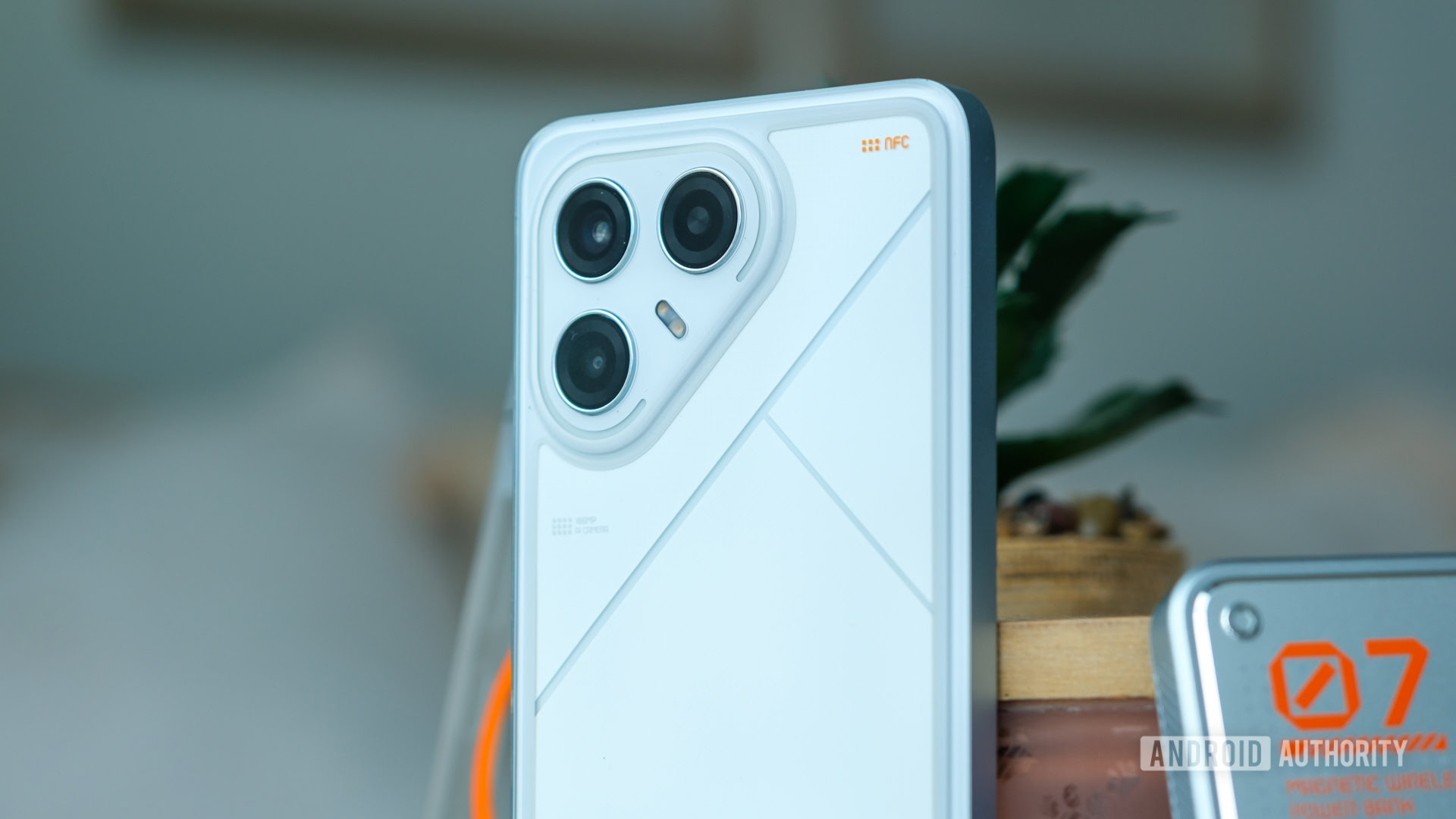
Ryan Haines / Android Authority
Once I felt like I had a pretty good feel for the Spark 40 Pro Plus, I decided it was time to switch gears to the TECNO phone I was more excited about in the first place: The Pova 7 Ultra. Dedicated gaming phones are few and far between here in the US — I usually have to hope for the best with something like the OnePlus 13 or Pixel 9 Pro — so I was curious how TECNO’s dedicated hardware at a budget-friendly price point of around $230 would handle a few of my favorite titles. Put simply, it handled them pretty well with help from its 12-layer cooling architecture.
Unfortunately, due to limited band support, I couldn’t pop my personal Verizon SIM into the Pova 7 Ultra to make it a go-to option for Pokémon Go, but I had no problems racing through games while I was at home on Wi-Fi. It conducted its way through Railbound without a problem, let me take control of Warhammer 40,000 Tacticus as smoothly as I’m used to, and kept me from getting wrecked in PUBG Mobile. I’m still not good at the game, but at least it ran pretty well.
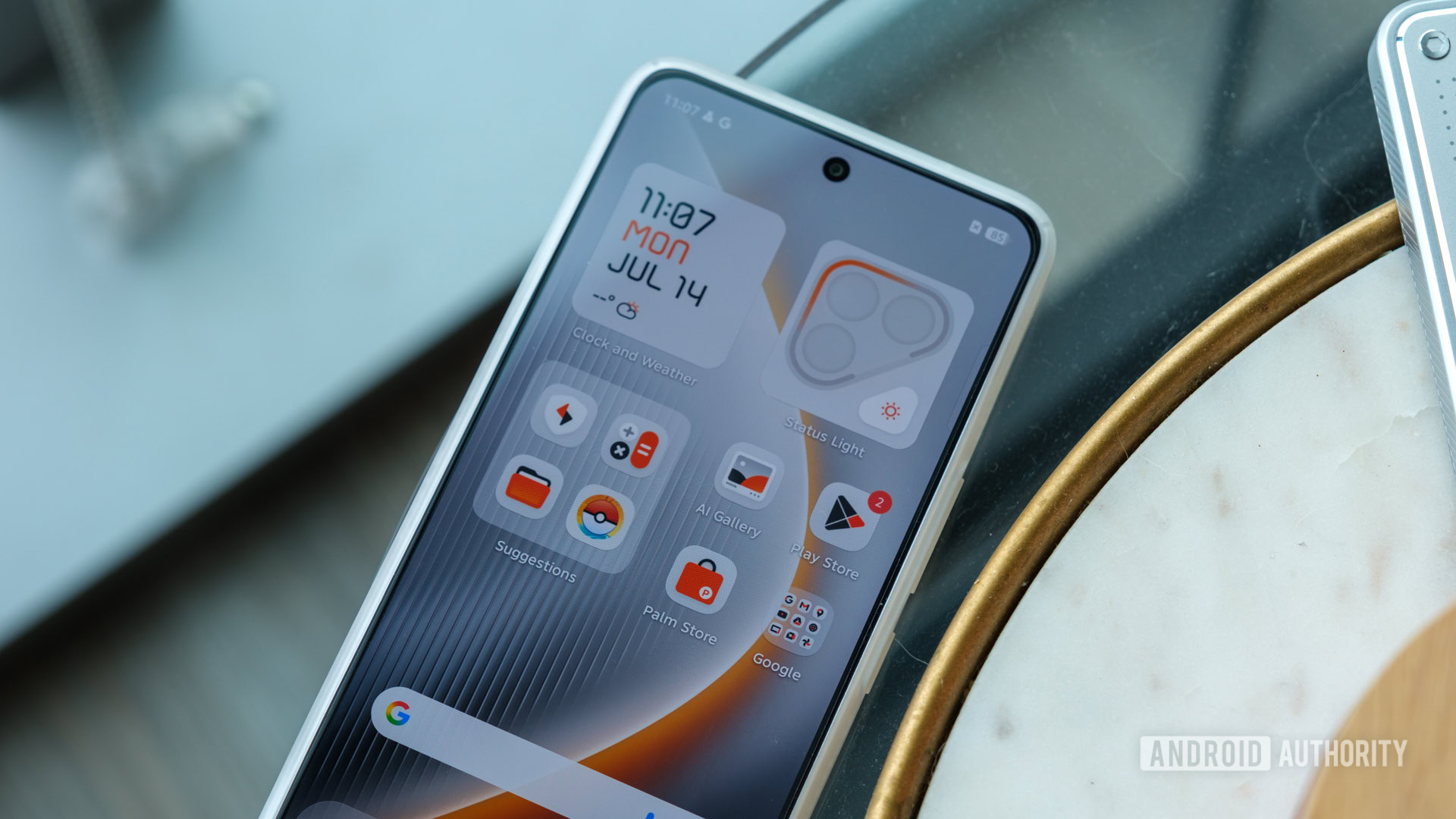
Ryan Haines / Android Authority
However, what caught me about the Pova 7 Ultra was its design. I know what they say about imitation and flattery, and I’m not even mad about it this time. There’s no way to avoid the fact that the Pova 7 Ultra looks like a distant Nothing cousin, from its pseudo-transparent back panel to the Status Light that wraps around its triangular camera bump. Like the Spark 40 Pro Plus, that camera bump plays a trick on the eye by housing two cameras (a 108MP primary sensor and an 8MP ultrawide backup) while looking like it has room for a third.
Although I’m a little disappointed that I couldn’t give the Pova 7 Ultra its full run due to band support, I’m still impressed by what it packs under the hood. It pairs the Dimensity 8350 Ultimate with 256GB of storage and either 8GB or 12GB of RAM, though TECNO likes to claim it has 16GB or 24GB by converting a dash of its storage to serve as extended RAM.
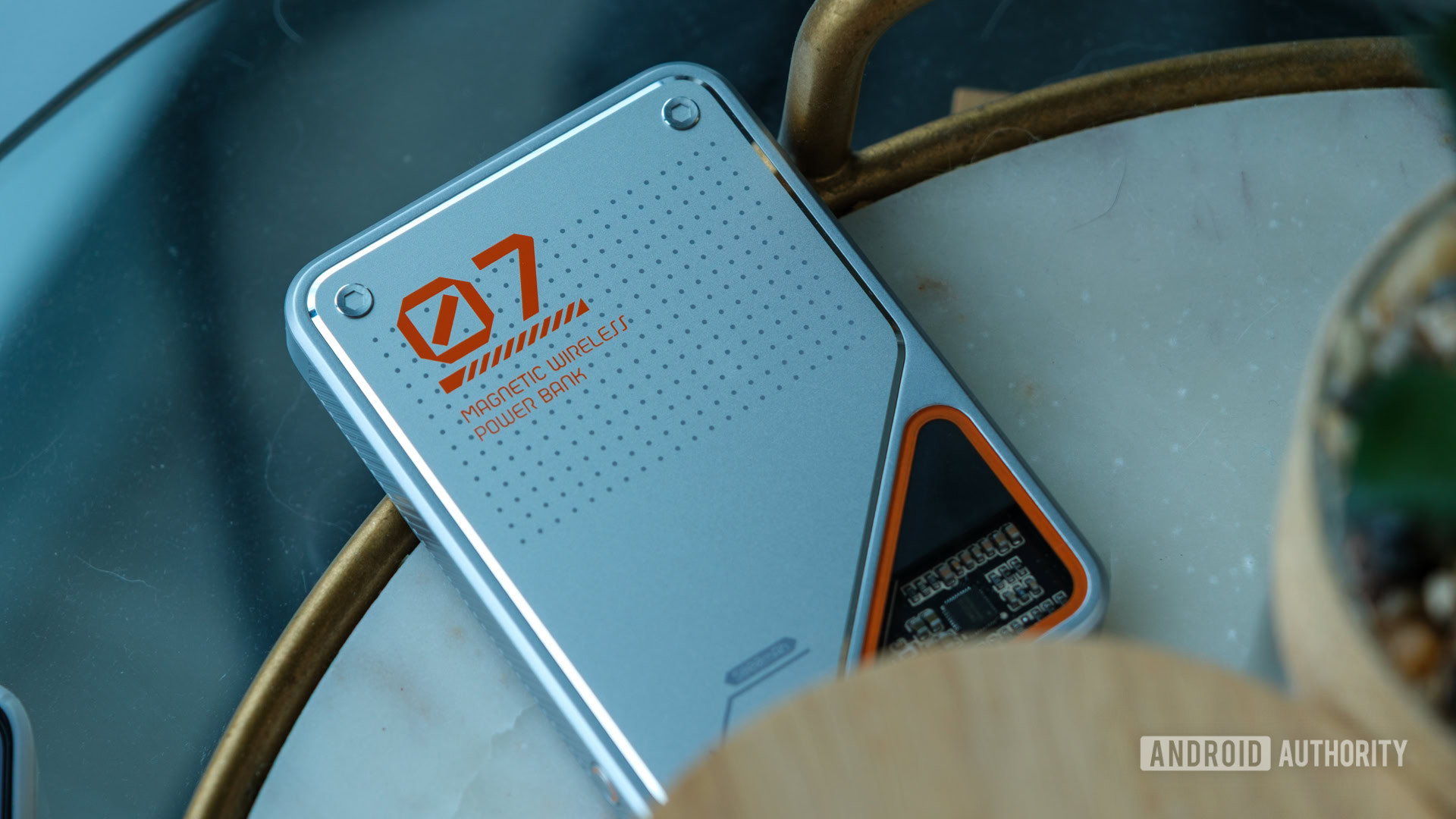
Ryan Haines / Android Authority
And then, there’s the battery. In true gaming phone fashion, TECNO packed its Pova 7 Ultra with a hefty 6,000mAh cell backed by 70W wired Ultra Charge and the same 30W wireless charging as the Spark 40 Pro Plus. I’ve had a tough time draining the cell through most of my in-home gaming sessions, but I’ve done my best to get it there so I could use the included 3,000mAh magnetic power bank. Before you get your Qi2 hopes up, though, know that you need a magnetic case to use the power bank, but thankfully, one comes in the box.
Honestly, I didn’t realize that TECNO was such a chameleon
After about a week with the TECNO Pova 7 Ultra and the Spark 40 Pro Plus, I still have to say I’m impressed. No, I won’t say that either phone is about to replace the Pixel that has a permanent place in my pocket, but I can see how they punch above their price tags. More impressively, they do it in different ways.
Although they both run a very slightly Pixel-like HiOS 15 based on Android 15, the overall software experience is entirely different. It’s a pretty standard affair on the Spark, pairing a somewhat iOS-like quick settings menu with a very colorful app drawer full of a mix of Google apps and in-house versions like Game Space, Hi Translate, and the Hola Browser. I’ll still probably skew towards Google Translate and Chrome since I’ve been using them for years, but the Hola Browser interface is cuter than expected.
On the Pova 7 Ultra, the same HiOS experience is completely different. Taking another page out of Nothing’s book, the team at TECNO rebuilt a few hundred custom icons in a white, black, and orange color scheme and adopted a customized new font that reminds me of a certain other Android skin. It still has essentially the same slate of in-house TECNO apps for you to explore, they just have a bit more of a gaming edge.
Both of these phones run HiOS, but the day-to-day experience is different as can be.
Of course, we still have to talk about the budget-minded elephant in the room. Although I’ve had a lot of fun exploring TECNO for the last little while, and I appreciate that it still includes goodies like cases, wireless power banks, and even chargers in the box (with UK pins), it’s still tough to hop on board in the US. Limited band support means that you’ll mostly have to hunt for a Wi-Fi connection to use your Pova 7 Ultra or Spark 40 Pro Plus, which is a hard sell for a smartphone.
I’m also wary of TECNO’s update commitment. I wasn’t expecting it to rival Google or Samsung with a seven-year promise. Still, the Pova 7 Ultra’s two Android updates and three years of security support, and the Spark 40 Pro Plus’s two years of security patches are more than a little behind the times. But, like I said, the Pova 7 Ultra starts at just $210 while the Spark 40 Pro Plus is even more approachable at $150 (though prices may vary by region), so either of these devices could find a role as your backup phone once it’s run out of updates.
Then again, Nothing finally has solid carrier support after three generations of launches, so maybe TECNO is next.



